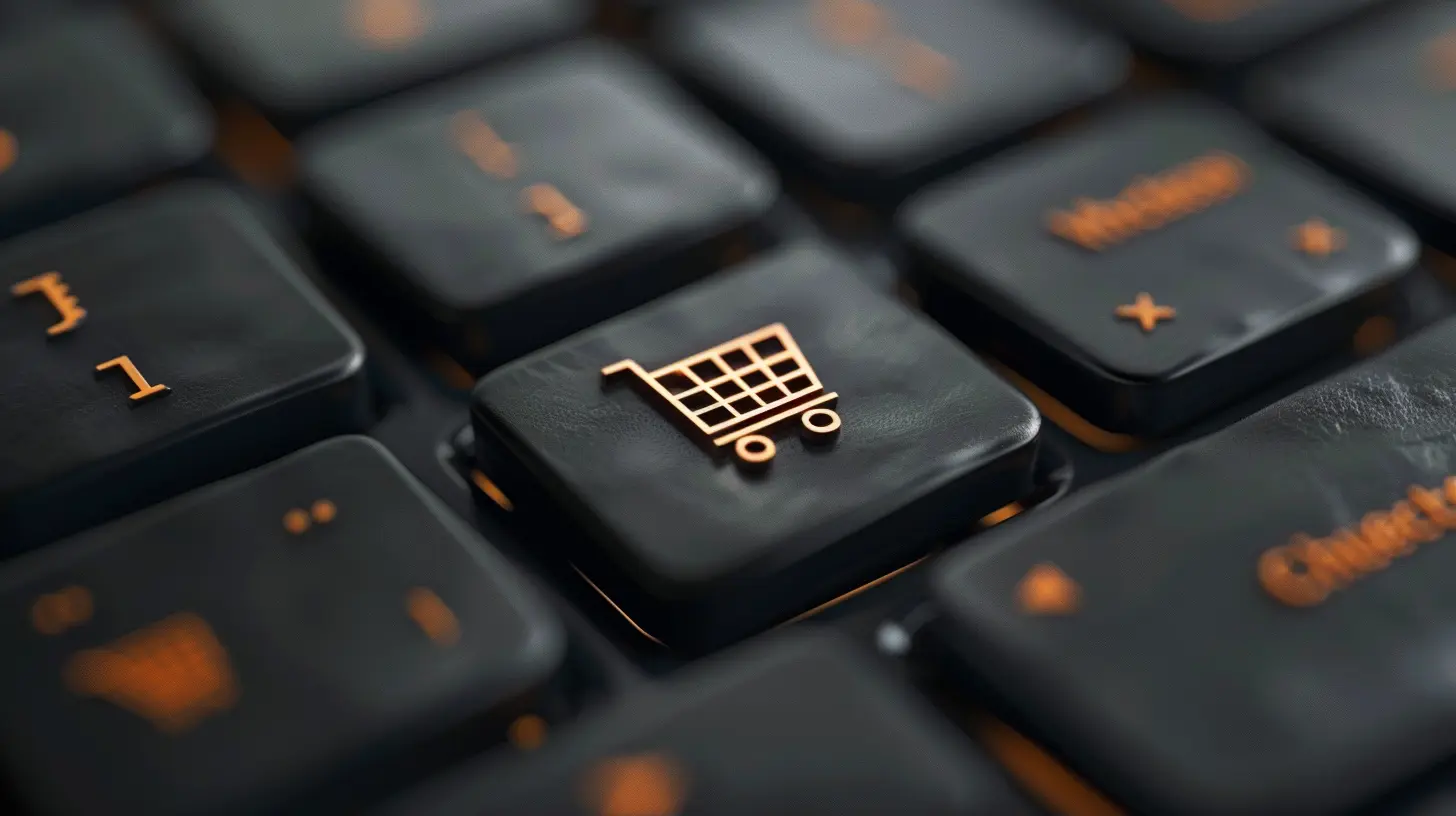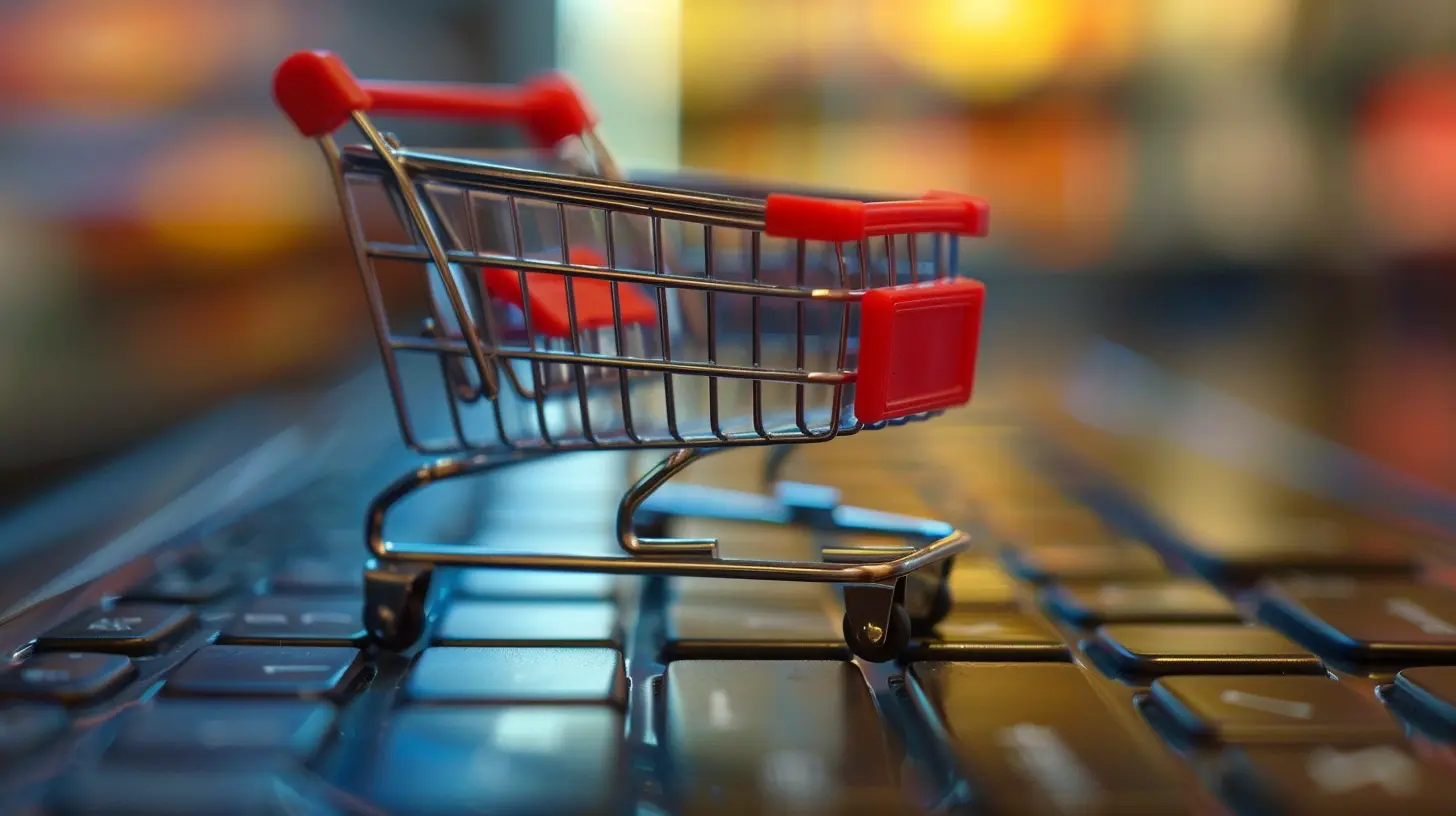E-Commerce Trends that are Redefining Retail
29 May 2025
The retail world has changed dramatically in the past decade, and e-commerce is leading the charge. With new technologies, shifting consumer behavior, and innovative business models, online shopping is no longer just convenient—it’s becoming the standard. But what’s really shaping the future of e-commerce?
In this article, we’ll dive into the biggest e-commerce trends that are redefining retail. Whether you’re a business owner, marketer, or just a curious shopper, these insights will give you a glimpse into the future of online shopping.

1. The Rise of AI and Machine Learning
Artificial Intelligence (AI) is everywhere, and e-commerce is no exception. From personalized recommendations to chatbots handling customer queries, AI is revolutionizing the way businesses interact with shoppers.How AI is Changing E-Commerce
- Personalized Shopping Experiences – Ever noticed how online stores seem to “know” what you like? That’s AI analyzing your browsing and purchase history to recommend products tailored to your taste.- Smart Chatbots & Virtual Assistants – AI-powered chatbots are improving customer service by providing instant responses, helping users find products, and even assisting with checkout.
- Inventory Management – AI helps retailers forecast demand and optimize stock levels, minimizing wasted inventory and maximizing profits.

2. Voice Commerce is Gaining Momentum
“Hey Alexa, add this to my cart.” Sounds familiar? Voice search and smart speakers are changing the way people shop.Why Voice Shopping is Taking Off
- Convenience – Shoppers can order products hands-free while cooking, driving, or multitasking.- Growing Adoption of Smart Speakers – Devices like Amazon Echo and Google Home are making voice shopping more accessible.
- Improved Accuracy – AI-powered virtual assistants are getting better at understanding natural language, making voice searches more reliable.

3. Augmented Reality (AR) Enhances Online Shopping
One major downside of online shopping? You can’t physically see or try products before buying. AR is solving this problem by bringing products to life—virtually.How AR is Revolutionizing E-Commerce
- Virtual Try-Ons – Shoppers can try on clothes, accessories, or even makeup using AR before making a purchase.- Furniture & Home Decor Previews – Brands like IKEA and Wayfair let customers visualize how furniture will look in their homes.
- Interactive Shopping Experience – AR adds an immersive element to shopping, increasing engagement and conversion rates.

4. Social Commerce: Shopping on Social Media
Social media platforms aren’t just for scrolling—they’re turning into full-blown shopping destinations. With features like Instagram Shops, Facebook Marketplace, and TikTok Shopping, businesses are selling directly to consumers where they spend most of their time.Why Social Commerce is Booming
- Seamless Shopping Experience – Users can browse, purchase, and checkout without ever leaving the app.- Influencer-Driven Sales – Brands leverage influencers to promote products, leading to more trust and engagement.
- Engaging Visual Content – High-quality images, videos, and live shopping events make the buying experience more dynamic.
5. Subscription-Based Models Are Thriving
Who doesn’t love a good subscription box? We’ve seen massive growth in subscription-based e-commerce, with companies offering everything from beauty boxes to meal kits.Why Subscriptions Work
- Predictable Revenue for Businesses – Recurring subscriptions mean steady income for retailers.- Personalized Experience for Consumers – Many subscription services customize offerings based on users' preferences and past orders.
- Convenience and Value – Shoppers get curated products delivered straight to their door without the hassle of reordering.
6. The Popularity of Buy Now, Pay Later (BNPL)
Budget-conscious shoppers are loving the flexibility of Buy Now, Pay Later (BNPL) services. Companies like Klarna, Afterpay, and Affirm are making it easier to spread payments over time without traditional credit cards.Why BNPL is a Game-Changer
- Increased Purchasing Power – Customers can buy expensive items without paying the full amount upfront.- No Interest or Fees (in Most Cases) – Unlike credit cards, BNPL often comes with zero interest if payments are made on time.
- Higher Conversion Rates – Businesses see fewer abandoned carts and higher sales when offering BNPL options.
7. Sustainable and Ethical Shopping is a Priority
Shoppers are becoming more conscious about where their products come from and how they impact the environment. Sustainable and ethical e-commerce is now a must-have rather than a nice-to-have.How Brands Are Becoming More Sustainable
- Eco-Friendly Packaging – Companies are ditching plastic and investing in biodegradable packaging.- Ethical Sourcing – More brands are ensuring their supply chains are ethical and fair-trade certified.
- Carbon-Neutral Shipping – Some companies are offsetting emissions by investing in sustainable projects.
8. Mobile Commerce Continues to Dominate
With smartphones being an extension of our hands, mobile commerce (m-commerce) isn’t slowing down anytime soon. If a store’s mobile experience isn’t smooth, they’re missing out—big time.Why Mobile Commerce is Unstoppable
- Mobile-First Shopping Habits – More people shop on their phones than on desktops.- One-Click Payments – Digital wallets like Apple Pay and Google Pay make checkout a breeze.
- App-Based Shopping – Many brands launch mobile apps for a smoother and more personalized shopping experience.
9. Same-Day & Instant Delivery Expectations
Amazon Prime has spoiled us all. Thanks to faster shipping options, today’s shoppers expect their orders to arrive almost instantly.The Future of Fast Delivery
- Drones & Autonomous Vehicles – Companies are experimenting with drone deliveries and AI-powered robots.- Local Distribution Centers – Retailers are setting up micro-fulfillment centers to speed up deliveries.
- Partnerships with Delivery Services – Brands work with Uber, DoorDash, and local couriers to offer same-day shipping.
10. Cryptocurrency and Digital Payments in E-Commerce
With digital currencies gaining traction, e-commerce businesses are expanding payment options beyond traditional credit cards and PayPal.How Crypto is Changing Online Shopping
- Bitcoin-Friendly Stores – More retailers are accepting Bitcoin and Ethereum as payment.- Secure and Fast Transactions – Blockchain technology ensures faster and safer transactions.
- Appealing to Tech-Savvy Customers – Businesses catering to crypto users are attracting a younger and more digitally native audience.
Final Thoughts
E-commerce is evolving at lightning speed, and businesses that fail to keep up risk getting left behind. From AI-driven personalization to sustainable shopping, these trends are shaping the future of retail.For online retailers, the key to success is staying ahead of the curve—adapting to new technologies, listening to consumer demands, and continuously improving the shopping experience.
So, whether you’re a business owner or just an avid online shopper, one thing’s for sure: e-commerce isn’t just changing—it’s redefining retail as we know it.
all images in this post were generated using AI tools
Category:
E CommerceAuthor:

Jerry Graham
Discussion
rate this article
3 comments
Simone Watson
This article effectively highlights key e-commerce trends reshaping the retail landscape, such as the rise of personalization and mobile shopping. While it captures the innovative strategies retailers are adopting, it would be beneficial to explore potential challenges they face in implementing these trends. Overall, a thought-provoking read!
June 5, 2025 at 12:58 PM

Jerry Graham
Thank you for your insightful feedback! I appreciate your suggestion to address the challenges retailers face in implementing these trends and will consider it for future pieces.
Alexander Reyes
Retail revolutionized: innovation drives e-commerce into the future!
June 5, 2025 at 3:21 AM

Jerry Graham
Absolutely! Innovation is the heartbeat of e-commerce, shaping the future of retail and enhancing customer experiences.
Dana Rosales
This article offers valuable insights into how evolving e-commerce trends are reshaping retail. Essential reading for industry stakeholders!
June 1, 2025 at 12:49 PM

Jerry Graham
Thank you for your feedback! I'm glad you found the insights valuable for industry stakeholders.



